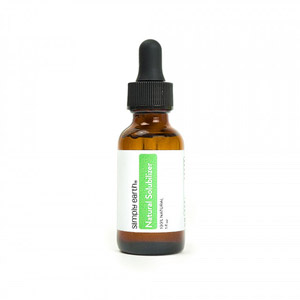Learn how to take a green tea bath in a few easy steps. These antioxidant-rich green tea bath soak recipes are made with a variety of natural ingredients including essential oils, pink Himalayan salt, and dried jasmine flowers for a luxurious bath experience. The addition of milk powder or coconut milk powder for vegans makes for an ultra-moisturizing green tea latte bath soak or matcha milk bath.
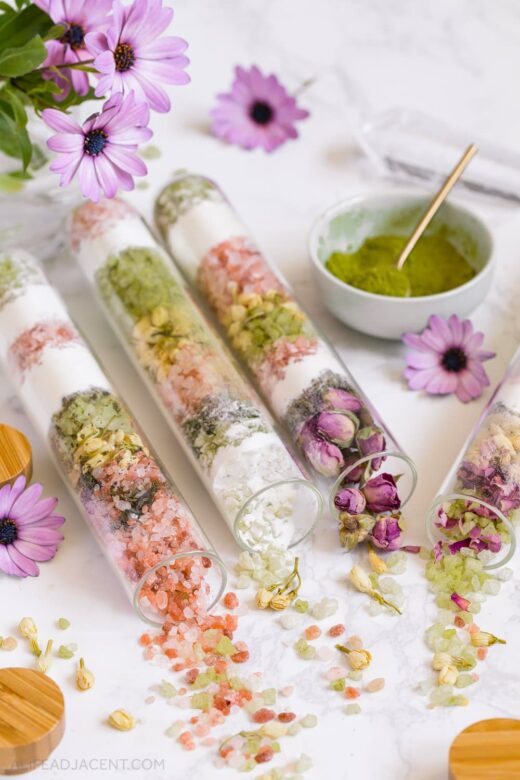
These fragrant green tea bath recipes with essential oils are the perfect indulgence at the end of a long or stressful day.
Plus, the addition of magnesium-rich bath salts and antioxidant-rich green tea makes a rejuvenating tea bath a welcome addition to your self-care routine.
So, skip those expensive store-bought bath salts and learn how to take a green tea bath with this easy tutorial. Plus, learn more about the benefits of bathing in natural ingredients such as green tea, Himalayan pink salts and ceremonial matcha.
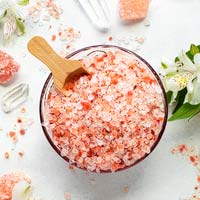
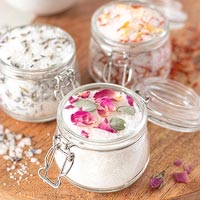
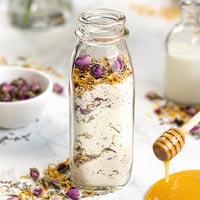
Green tea bath benefits
The benefits of a green tea bath are plentiful. You’ve likely read about green tea’s benefits when ingested and its positive effect on reducing inflammation.
But did you know that bathing in green tea (or matcha) could be be helpful for your skin as well?
So, what happens when you bathe in green tea? The following is only a small summary of the positive effects that green tea can have for your skin and overall well-being.

Glowing, healthy skin
Green tea and matcha are much higher in antioxidants compared to other teas. This high antioxidant concentration helps promote glowing skin1.
This is because antioxidants are helpful in protecting the skin against free radical damage and the resulting oxidative stress, which can accelerate aging. So if you’d like to take a tea bath for anti-aging, green tea is a great choice.
As well, green tea contains vitamins E and B2, both of which are essential for optimal skin health.
Vitamin E helps soften the skin and eases inflammation, while vitamin B2 is necessary for maintaining sufficient collagen levels2.
More DIY beauty recipes with green tea:
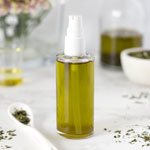
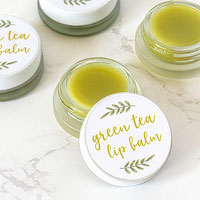
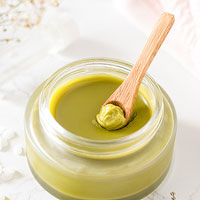
Acne and anti-aging
A compelling study indicated that the antioxidant and other constituents in green tea showed potent anti-aging effects, such as an improvement in skin smoothness3.
In particular, both green tea and matcha contain high amounts of EGCG (epigallocatechin gallate), a catechin known for its powerful antioxidant and anti-inflammatory properties4. So, taking a green tea bath can also help soothe skin inflammation.
And since acne also has an inflammatory component, it makes sense why the ECEG in green tea has also been found to help improve acne.
Dry, itchy skin and sunburn
Some research has shown that applied topically, green tea can also help relieve itchy, dry skin, including itchy skin caused by conditions such as eczema or atopic dermatitis.
An interesting study concluded that a moisturizer containing green tea extracts was effective in improving atopic dermatitis, eczema and dry skin5.
For these reasons, a matcha or green tea bath may also help calm a sunburn. Not only can a bath with green tea help soothe itching, but the antioxidants also decrease inflammation and promote skin repair6.
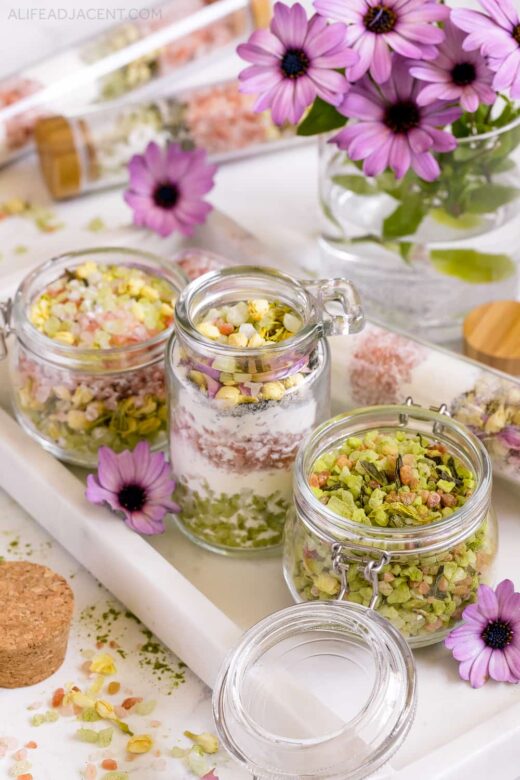
Bloating and puffiness
Green tea contains caffeine and tannins, which are very effective for depuffing the skin. This is also why caffeine is a key ingredient in many eye creams targeted towards puffy eyes.
Green tea is also a key ingredient in our de-bloating DIY caffeine face mask, which contains matcha powder. So if you’re feeling bloated, a green tea bath can be a useful addition to your bath routine.
Sleep and relaxation
Relaxing in a green tea bath at the end of the day is both restorative and invigorating. A warm and soothing green tea bath soak can help relieve sore muscles, increase circulation, and calm frazzled nerves.
And since stress is intricately connected to skin issues, this is just another reason a green tea bath may help improve acne.
Additionally, the therapeutic and aromatherapeutic benefits of essential oils are well documented. Ending your day by soaking in a warm green tea bath with essential oils surrounded by a beautiful natural fragrance, including the soothing aroma of green tea, can aid in a more restful and restorative sleep.
Ideal for DIY bath and body beginners
Additionally, since homemade bath soaks with essential oils are incredibly easy to make, learning how to make a matcha bath is a perfect first time project for beginner DIY beauty makers.
Not to mention, it’s also much more cost effective than store bought green tea bath soaks, many of which contain artificial fragrances.

More bath soak recipes:
How to take a green tea bath
First, you might be asking, can you put green tea in your bath?
You can definitely put green tea or matcha in your bath water. For the easiest way to take a green tea bath, you can simply add matcha powder, green tea bags or organic tea leaves directly to your running bath.
How much green tea should you add to bathwater? While it’s hard to determine exactly how much green tea is necessary to reap the skin benefits, adding green tea to your skincare routine will definitely have some benefits over time.
But for best results, you will also want to add a variety of other natural ingredients to your bath for their skin and aromatherapy benefits. That’s where these DIY bath soak recipes come in.
Ingredients for green tea bath salts
For these green tea bath recipes, I used both pink Himalayan rock salts and Ceara bath salts (or rock salt). So if you’re looking for a DIY bath soak without Epsom salt, these recipes provide other options.
For the green tea latte bath, I also added milk powder, which creates an extra nourishing and moisturizing bath soak.
I also added a handful of lovely dried jasmine flowers to each bath soak. The pale yellow flowers and the Himalayan salts’ pretty pink tone compliment the green tea beautifully, which makes this bath soak ideal for gifting.
But you can also add lavender, rose petals, calendula flowers or your favorite botanicals to add a pop of color and natural fragrance to these easy bath soak recipes.
For aromatherapeutic benefits, you will also want to add essential oils. Below you will find a variety of essential oils that I think compliment green tea wonderfully.
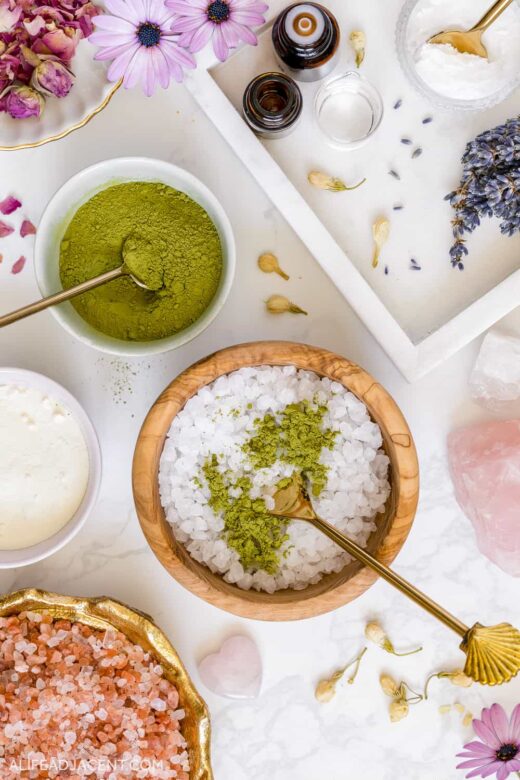
What kind of green tea should you use in a green tea bath?
For the best green tea bath soak, you want to use a superior quality matcha powder, which is usually more costly.
Unfortunately, lower quality matcha can be high in fluoride and heavy metals. So, if you strive to avoid toxins in your bath products, be sure to purchase a high-quality and pure matcha for your bath.
Ceremonial matcha is the purest kind of matcha. It’s easy to spot most of the time as it’s a very vibrant shade of green, which is illustrated in the photos below.
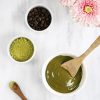
You can also add a small sprinkling of dried green tea leaves to your bath salts (I added a very small amount of green tea leaves to some of the jars and tubes).
However, please note that some loose leaf green tea leaves can be sharp. I’ve also noticed that if you use too many, they can stick to your skin, as well as clog the drain. Therefore, I prefer using predominately matcha powder for the easiest green tea bath.
Can you still add green tea leaves to your bath soak? You can definitely add tea leaves to your bath, or even the contents of green tea bags. But remember not to add too many, and take care while bathing. You can also pick out the sharper tea leaves.
Pink Himalayan salts
Gorgeous pink Himalayan salts boast a lovely rosy hue which adds beauty and a pretty pink color to this green tea bath’s appearance.
You’re likely already aware of pink Himalayan salts’ benefits when used in a salt scrub. The salts can aid in topical exfoliation, leaving skin softer and smoother almost immediately.
But Himalayan salts also have an abundance of other benefits as well. The salts are both antibacterial and antiseptic. They can boost circulation and ease bloating, which in turn leaves your skin looking fresh, healthy and glowing.

Additionally, the salts contain a number of trace minerals such as calcium, magnesium, zinc, chloride and potassium which gives them that distinct pink or reddish hue. These minerals can be absorbed during bathing which may benefit sore muscles.
I used coarse grind pink salt, as the larger size is ideal for homemade bath salts.

Ceara bath salts or rock salts
I also added high-quality, pure Ceara bath salts to this green tea bath soak. Ceara salts are natural solar evaporated sea salt and hail from the coast of Australia.
They are created through the evaporation of seawater. The salt water is evaporated naturally by both the sun and the wind, and the resulting bath salts are pure white.
This bright white tone makes Ceara salts perfect for use in DIY bath soaks or salts that you want to color. In this matcha bath soak, the salts were a perfect backdrop to the ceremonial matcha’s beautiful crisp green color.
However, Ceara salts are not always easily accessible, so you can also use large white rock salt instead.
Powdered milk or coconut milk powder
You will need milk powder if you’d like to make a matcha latte bath soak.
Milk powder contains lactic acid, a natural alpha hydroxy acid. When added to bathwater, the lactic acid acts as a humectant that helps to hydrate and soften the skin.
Milk powder, especially full-fat whole milk powder or buttermilk powder, is also rich in nourishing saturated fatty acids. The combination of lactic acid and skin-softening fatty acids can help skin feel softer and more supple when used regularly.
Substitution: if you’re vegan or allergic to dairy, you can replace the powdered milk with coconut milk powder for a vegan green tea bath. This will also give your DIY bath soak the nourishing benefits of coconut oil.
Baking soda
Baking soda helps calm the skin, reduce irritation and itchiness, and has been shown in numerous studies to soothe skin conditions such as hives and eczema.
This potentially helps make a green tea bath good for soothing itchy skin. However, it’s always a good idea to consult a professional to be sure this bath soak is safe for you, especially if you have any allergies, skin issues or concerns.
Bath salt emulsifier
If adding essential oils to your bath salts, you’ll also need to use a small amount of a natural essential oil solubilizer or liquid emulsifier.
Without an emulsifier, the essential oils will pool on the bath’s surface rather than evenly dispersing into the water. Undiluted essential oils can cause skin rashes and even burns.
I used caprylyl/capryl glucoside for these recipes, which is very inexpensive and available from Simply Earth.
The liquid emulsifier also helps the matcha stick to the bath salts, coloring them a lovely shade of green. So, if you’re wondering how to color bath salts naturally, you can use capryl/caprylyl glucoside to help your colorant stick more readily to the salts.
Essential oil blends for DIY bath tea
There are a variety of essential oils that can compliment your green tea bath.
But if you don’t want to use essential oils in your bath, you can also use a variety of dried botanicals. Other than the jasmine flowers, you can also add dried lavender, hibiscus or rose petals.
And if you really want to highlight green tea’s herbaceous fragrance, you can also add precious green tea essential oil or co2 extract to your bath tea. Green tea absolute is usually reserved for perfumery, but it’s the best natural alternative to green tea fragrance oil if you enjoy its aroma.
Jasmine Green Tea Bath
15 drops jasmine essential oil
5 drops tangerine essential oil
Jasmine and tangerine essential oils create a traditional and fragrant jasmine green tea bath soak. You’ll want to choose a diluted jasmine oil, which is much less costly than the pure oil. You can also substitute ylang ylang essential oil for the jasmine essential oil.
Floral Green Tea Bath
10 drops geranium essential oil
10 drops lavender essential oil
Geranium (or rose essential oil) and lavender essential oil creates a fresh and floral green tea soak that can aid in a more restful sleep. Lavender is well known for its ability to promote calmness and relaxation.
Add dried lavender and dried rose petals to this variation, if desired.

Citrus Green Tea Bath
10 drops mandarin essential oil
5 drops sweet orange essential oil
5 drops bergamot essential oil
Mandarin, sweet orange, and bergamot essential oils combine for a zesty and uplifting bath soak, like a warm cup of citrus green tea.
Vanilla Green Tea Bath
20 drops vanilla oleoresin or Vanilla Woods
This recipe is sweet and simple. Vanilla imparts a calming yet delicious aroma to green tea bath salts, like a vanilla matcha latte. You can also substitute vanilla bean powder for the vanilla oleoresin.
Herbal Green Tea Bath
10 drops sweet orange essential oil
4 drops frankincense essential oil
3 drops myrrh essential oil
2 drops palmarosa essential oil
1 drop sandalwood essential oil
Frankincense, myrrh, orange, palmarosa and sandalwood essential oils create an aromatic, herbaceous and woodsy bath tea recipe.
Green Tea Bath Recipe
1-3 cups Australian Ceara salts or rock salts (or bath salts of your choice, such as Epsom salts)
1 1/2 cups coarse pink Himalayan salt
1 cup milk powder or coconut milk powder (to make a green tea latte bath)
1/4 cup baking soda
1/4 cup dried jasmine flowers (can also use rose petals or dried lavender)
1/4 cup ceremonial matcha powder
Small sprinkle of ground green tea leaves (optional)
40 drops essential oils (see blends above)
1 tsp / 5ml caprylyl/capryl glucoside solubilizer
Equipment
Glass mixing bowl
Wooden spoon for mixing
Small lab beaker to mix essential oils
Storage containers such as glass bath salt test tubes, clamp lid jars, or traditional bath salts jars
How to make green tea bath
Before you begin, if adding green tea leaves to your bath salts, grind the leaves in a coffee grinder, or alternatively, use a mortar and pestle. Green tea leaves can be sharp, so while this step is optional, it’s recommended.
After you’re done, set aside the ground green tea. You can also use a couple opened green tea bags for this step. The green tea in the tea bags should also be less sharp, so you likely won’t have to grind it but remove any sharp pieces.
Next, place Ceara bath salts or rock salts in a large bowl and set aside. In a separate small bowl, measure your ceremonial matcha.
In a glass lab beaker or other small container, mix your essential oil blend and natural solubilizer until clear. Then, drizzle this mixture over the bath salts, mixing well with a wooden spoon as you go. Be sure to work somewhat quickly before the mixture begins to dry out too much.
Immediately after mixing, begin to sprinkle the ceremonial matcha powder over your bath salts to color them, mixing gently as you go. The liquid emulsifier will help the matcha stick to the salts, coloring them a beautiful green.
The tone is up to your personal preference, so you can add more or less matcha than the recommended amount, if desired. However, it’s important to keep your bath soak’s caffeine content in mind. To reduce clumping, you can also add your matcha powder using a sieve.

Then, add the powdered milk (or coconut milk powder), baking soda, pink Himalayan salts, and jasmine flowers to the matcha bath salts mixture and mix well. However, if you prefer to layer your bath salts, prepare each step in separate bowls instead, combining the milk powder and baking soda in one bowl.
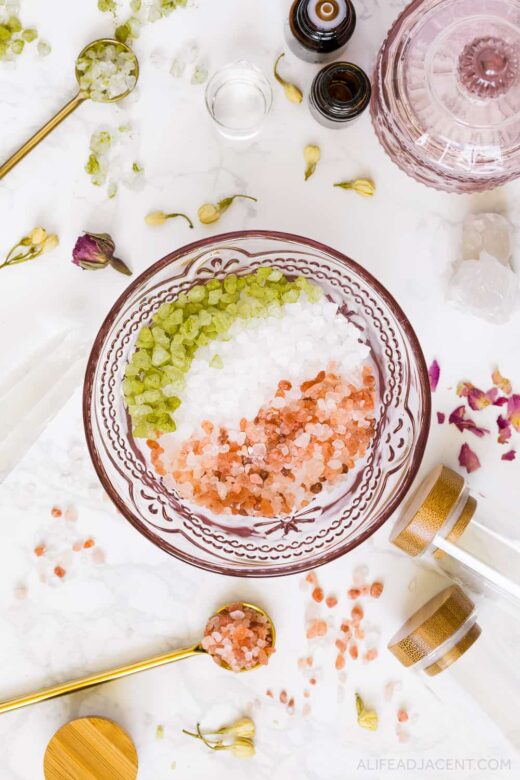
Now, it’s time to package your bath soak. Use a spoon or a funnel to transfer the green tea bath to a bath salts jar, mason jar or other container with a tight-fitting lid.
If you’ve chosen to layer the green tea bath, alternate between adding the pink and green salts, milk powder and baking soda mixture. Use dried botanicals and green tea leaves in between your salt and milk powder layers.
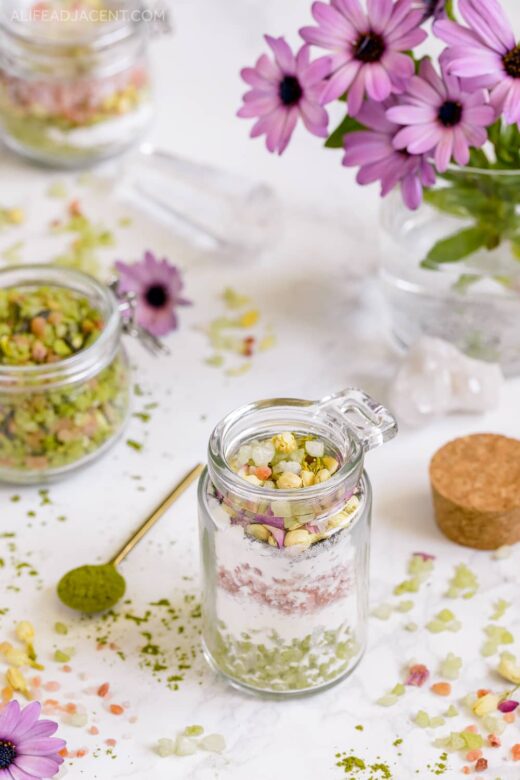
To use, pour approximately 1/2 cup of your green tea bath into a warm bath and enjoy. Be sure to scoop out the green tea leaves and botanicals before draining the tub to avoid a clogged drain. Store your bath soak in a cool, dark cupboard.
How to use your green tea bath soak
To take a green tea bath, sprinkle approximately 1/2 cup of the bath salts in warm bath water. You can disperse the bath soak quickly by swirling it around in the water with your hands.
Then, relax and let this decadent green tea bath soothe your body and mind. Bathe for approximately 20-30 mins, or as desired. Rinse, pat dry and apply a moisturizing body lotion or body butter (such as our lemon body butter for glowing skin) to your skin while it’s still damp.
Note: if you’re not a bath person, you can also use these bath salts as an invigorating green tea foot bath for softer feet.
How to package your DIY bath tea
There are a variety of ways to package these soothing green tea bath soak recipes. One option is to use a typical bath salt jar with attached wood spoon.
You can also use bath salt test tubes, also commonly called bath shots on Etsy. We prefer using glass tubes over plastic. You can see another example of packaged DIY layered bath salts in glass test tubes in our pumpkin spice latte bath soak.
Alternatively, a small jar with a clamp lid (such as the ones used in our floral bath salts) works well. And a mason jar or even an upcycled and sterilized jam jar can serve as creative bath soak packaging as well.
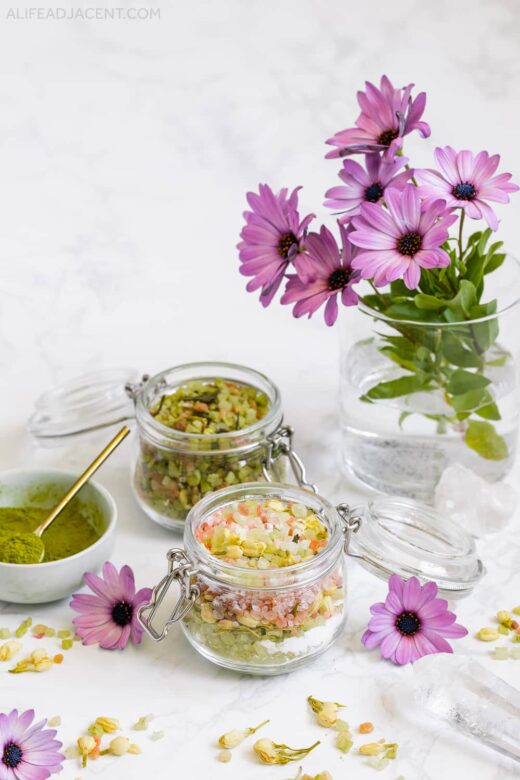
Another option is to use a repurposed milk jar with a lid, such as the one used in our milk and honey bath soak recipe. It’s a great way to save money on packaging your homemade bath soaks.
Finally, you can use bath tea bags in unbleached cotton or muslin, such as the ones pictured in our chocolate rose bath salts.
One benefit of using bath tea bags is that they make clean up easier – no green tea leaves or flower petals to scrape out of the tub.
It’s again important to note that you don’t want the herbs or botanicals in these bath soak recipes going down your drain, as this could potentially lead to clogs. For this reason, we also recommend using a drain cover for your green tea bath with dried botanicals.
If you’re gifting this green tea bath, adding jute twine or raffia string and a simple gift tag to your jar or bath tube is a nice touch. For more gifting, storage, and packaging ideas, see our post on the best containers for homemade beauty products.
How to store green tea bath soak
It’s a good idea to store your green tea bath salts in a cool, dark cupboard away from humidity or a UV light.
Also, be sure to use a container with an air tight seal and make sure it’s sealed securely before storage.
If using a bath tea bag, please keep in mind that they are not airtight. So you’ll need to place your bath tea bag into another container for storage, such as a mason jar.
Your green tea bath’s shelf life depends on the shelf-life of your oldest ingredients, so please check your labels. Under optimal circumstances, we recommend using your green tea bath recipe within approximately 6 months.
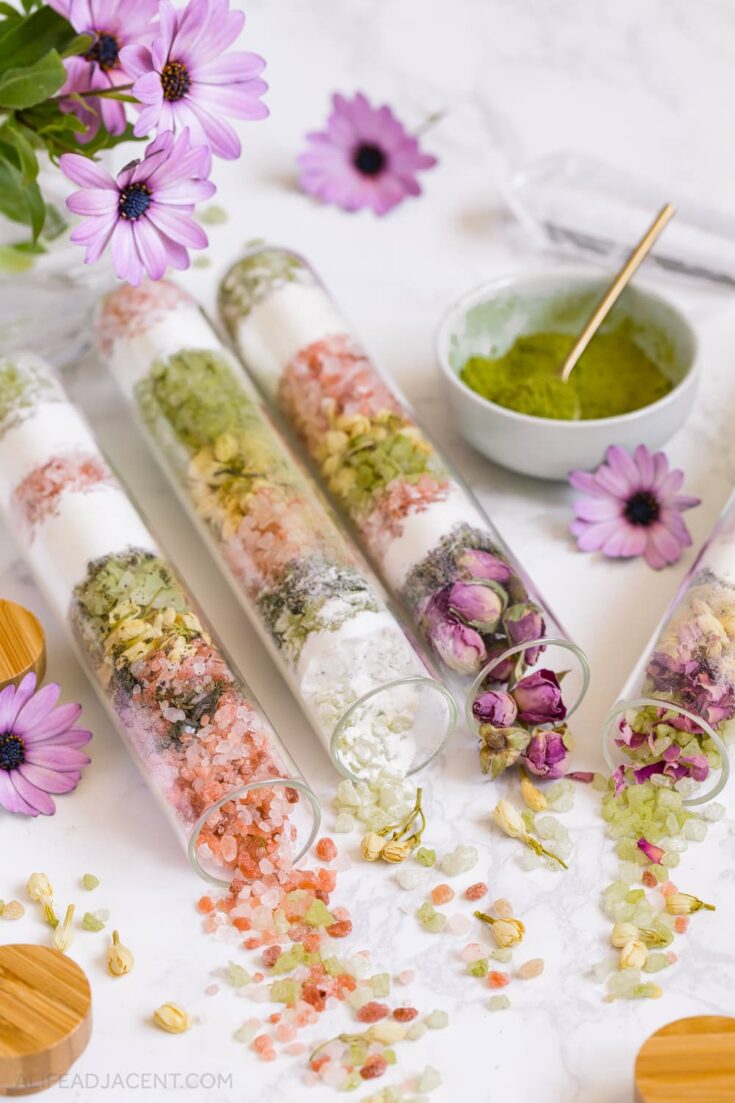
Green Tea Bath Recipe
Learn how to make a green tea bath soak with matcha, essential oils, bath salts, and other natural ingredients for a luxurious DIY bath soak experience. These homemade matcha bath salts recipes are rich in green tea antioxidants, soothing pink Himalayan salts, and other benefits for glowing skin.
Ingredients
Green Tea Bath Soak
- 1-3 cups Australian Ceara salts or rock salts (or bath salts of your choice, such as Epsom salts)
- 1 1/2 cups coarse pink Himalayan salt
- 1 cup milk powder or coconut milk powder (to make a green tea latte bath)
- 1/4 cup dried jasmine flowers (or rose petals or dried lavender)
- 1/4 cup ceremonial matcha powder
- Small sprinkle of ground green tea leaves (optional)
- 40 drops essential oils (see blends above)
- 1 tsp / 5ml caprylyl/capryl glucoside solubilizer
Equipment
- Glass mixing bowl
- Wooden spoon for mixing
- Small lab beaker to mix essential oils
- Bath salt storage containers
Instructions
- Before you begin, if adding green tea leaves to your bath salts, grind the leaves in a coffee grinder, or alternatively, use a mortar and pestle. Green tea leaves can be sharp, so while this step is optional, it’s recommended.
After you're done, set aside the ground green tea. You can also use a couple opened green tea bags for this step. The green tea in the tea bags should also be less sharp, so you likely won’t have to grind it but remove any sharp pieces. - Next, place Ceara bath salts or rock salts in a large bowl and set aside. In a separate small bowl, measure your ceremonial matcha.
- In a glass lab beaker or other small container, mix your essential oil blend and natural solubilizer until clear. Then, drizzle this mixture over the bath salts, mixing well with a wooden spoon as you go. Be sure to work somewhat quickly before the mixture begins to dry out too much.
- Immediately after mixing, begin to sprinkle the ceremonial matcha powder over your bath salts to color them, mixing gently as you go. The liquid emulsifier will help the matcha stick to the salts, coloring them a beautiful green.
The tone is up to your personal preference, so you can add more or less matcha than the recommended amount, if desired. However, it's important to keep your bath soak's caffeine content in mind. To reduce clumping, you can also add your matcha powder using a sieve. - Then, add the powdered milk (or coconut milk powder), baking soda, pink Himalayan salts, and jasmine flowers to the matcha bath salts mixture and mix well. However, if you prefer to layer your bath salts, prepare each step in separate bowls instead, combining the milk powder and baking soda in one bowl.
- Now, it's time to package your bath soak. Use a spoon or a funnel to transfer the green tea bath to a bath salts jar, mason jar or other container with a tight-fitting lid.
- If you've chosen to layer the green tea bath, alternate between adding the pink and green salts, milk powder and baking soda mixture. Use dried botanicals and green tea leaves in between your salt and milk powder layers.
- To use, pour approximately 1/2 cup of your green tea bath into a warm bath and enjoy. Be sure to scoop out the green tea leaves and botanicals before draining the tub to avoid a clogged drain. Store your bath soak in a cool, dark cupboard.
Recommended Products
As an Amazon Associate and member of other affiliate programs, we earn from qualifying purchases.
More DIY bath soak and bath salt recipes
We hope you enjoy your green tea bath! For more relaxing bathtime recipes, check out the following homemade bath soaks, tub teas and bath salts:
- Milk and Honey Floral Bath Soak
- Himalayan Salt Bath Benefits + Recipe
- DIY Bath Salts for Gifts
- DIY Pink Lemonade Tub Tea
- Pumpkin Spice Bath Salts
- Chocolate and Roses Tub Tea
For more homemade skincare and DIY bath recipes, follow us on Pinterest, Instagram, YouTube, Facebook, TikTok, and Twitter.
Pin it for later
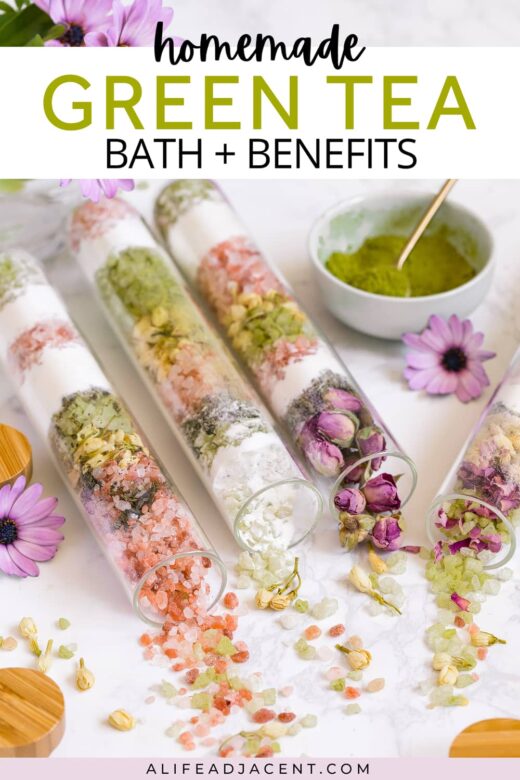
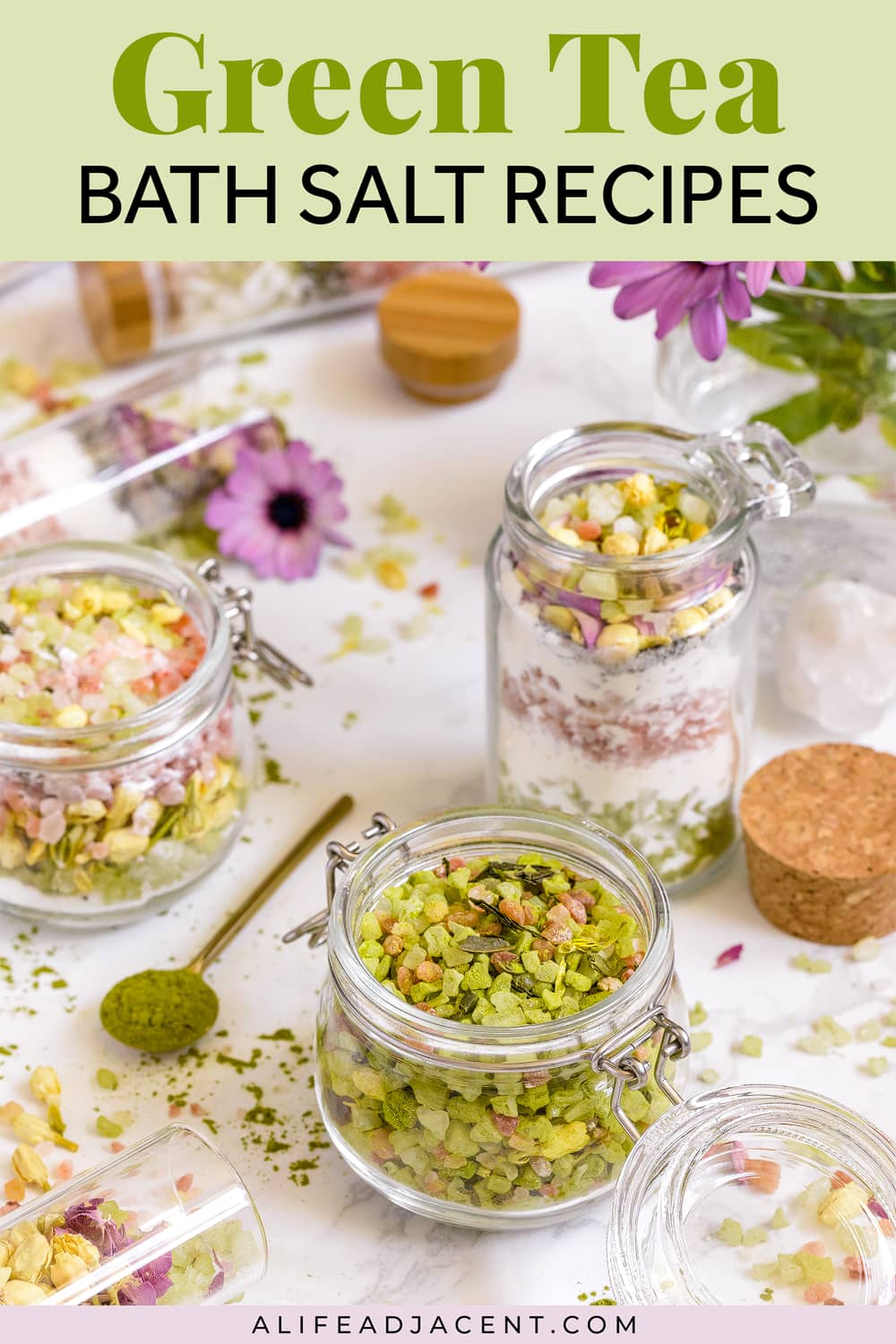
- Mahmood, Tariq, and Naveed Akhtar. “Combined topical application of lotus and green tea improves facial skin surface parameters.” Rejuvenation research vol. 16,2 (2013): 91-7. doi:10.1089/rej.2012.1380
- Levy, Jillian. “Vitamin B2 Benefits, Roles, Foods, Supplements and Dosage.” Dr. Axe, 10 July 2020, https://draxe.com/nutrition/vitamin-b2/.
- Mahmood, Tariq, and Naveed Akhtar. “Combined topical application of lotus and green tea improves facial skin surface parameters.” Rejuvenation research vol. 16,2 (2013): 91-7. doi:10.1089/rej.2012.1380
- Ohishi, Tomokazu et al. “Anti-inflammatory Action of Green Tea.” Anti-inflammatory & anti-allergy agents in medicinal chemistry vol. 15,2 (2016): 74-90. doi:10.2174/1871523015666160915154443
- Youn, Sang Woong & Hwang, I.A. & Yoo, J.Y. & Park, K.C.. (2003). Evaluation of the anti-inflammatory effect of a moisturizer containing green-tea extracts. Korean Journal of Dermatology. 41. 15-20.
- Saric, Suzana, and Raja K Sivamani. “Polyphenols and Sunburn.” International journal of molecular sciences vol. 17,9 1521. 9 Sep. 2016, doi:10.3390/ijms17091521










